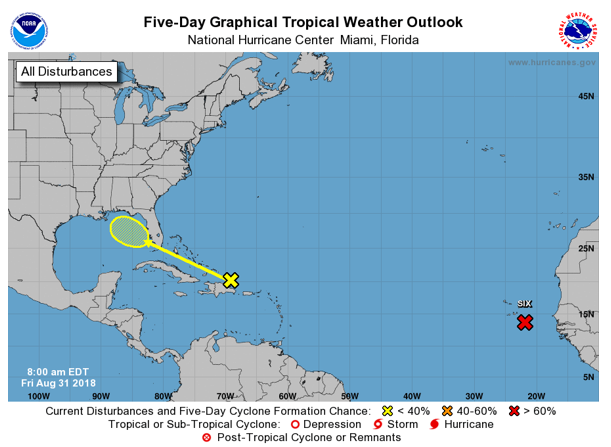
Trump Tweets, Markets Shutter
Oil markets are slightly weaker this morning as President Trump once again called on Saudi Arabia and Russia to increase production. Prices closed on Friday above $74/bbl, once again setting a new multi-year high after closing at $64/bbl just a month ago. This morning prices are trending slightly lower, with crude oil trading at $73.75, a loss of 40 cents.
Fuel prices are also in negative territory this morning, though unlike crude, both products saw losses on Friday as well, thanks to high refinery outputs. Diesel prices fell by just less than 3 cents on Friday, while gasoline lost 3.4 cents. This morning, diesel is continuing its losses trading at $2.1807, a loss of 2.9 cents. Gasoline is also down to $2.1187, losing 3.3 cents.
What Does “Multi-Year Highs” Mean?
We keep using the phrase “multi-year highs” in reference to oil prices tipping higher, so it might be good to give some context to the last time oil prices were this high. The last time oil prices were in the $70 range, oil prices were hurdling down from $100 to $40. Markets have a VERY long ways to go before they surpass 2014 highs above $100/bbl. So whenever you hear “multi-year highs”, just remember it’s compared to 2014’s exorbitant prices.
It’s also worth noting in the chart below that prices appear to be going through a cycle similar to 2002-2006, or 2009-2011, when prices steadily rose for a protracted period of time. Past performance is rarely a good predictor of future results in financial markets, but it does provide useful context for blips like mid-June when prices gave up $10/bbl before gaining that back and more.
Trump Tweets, Markets Shutter
Trump increased pressure on Saudi Arabia and other OPEC nations to reign in prices by increasing production. He appeared on Fox and Friends over the weekend and stated OPEC needs to increase production by 2 million barrels per day (rather than the 0.6—1.0 MMbpd promised by OPEC a week ago). His reasoning is that America withdrawing from the Iran nuclear deal is beneficial to Saudi Arabia and other Middle Eastern countries, so those protected countries should in term benefit us with cheaper oil.
In addition to his interview, Trump tweeted Saudi Arabia’s King had agreed to increased production by 2 million barrels per day after a phone conversation. Trump’s administration was quick to clarify Saudi Arabia had agreed their spare capacity was 2 MMbpd, not that they would increase production by this amount.
If Saudi Arabia did increase their production by 2 million barrels per day (a highly unlikely scenario), it would cause oil prices to fall significantly, as it would flip markets from being slightly undersupplied to significantly oversupplied. Saudi Arabia’s decision to pump at full capacity triggered the 2014 collapse of oil prices, and could cause that again. However, the country is unlikely to abandon its commitment to OPEC.
If Saudi Arabia chose to pump at max capacity, it would result in virtually zero excess production capacity worldwide – meaning any production outages would immediately cause prices to rocket higher. The move would be a mixed bag for consumers – lower prices but significantly higher volatility and risk of regional shortages. Regardless of your perspective on the impact of increased Saudi Arabian production, however, it’s quite unlikely the Saudis will agree to increase production that much.
This article is part of Crude
Tagged:
MARKET CONDITION REPORT - DISCLAIMER
The information contained herein is derived from sources believed to be reliable; however, this information is not guaranteed as to its accuracy or completeness. Furthermore, no responsibility is assumed for use of this material and no express or implied warranties or guarantees are made. This material and any view or comment expressed herein are provided for informational purposes only and should not be construed in any way as an inducement or recommendation to buy or sell products, commodity futures or options contracts.








